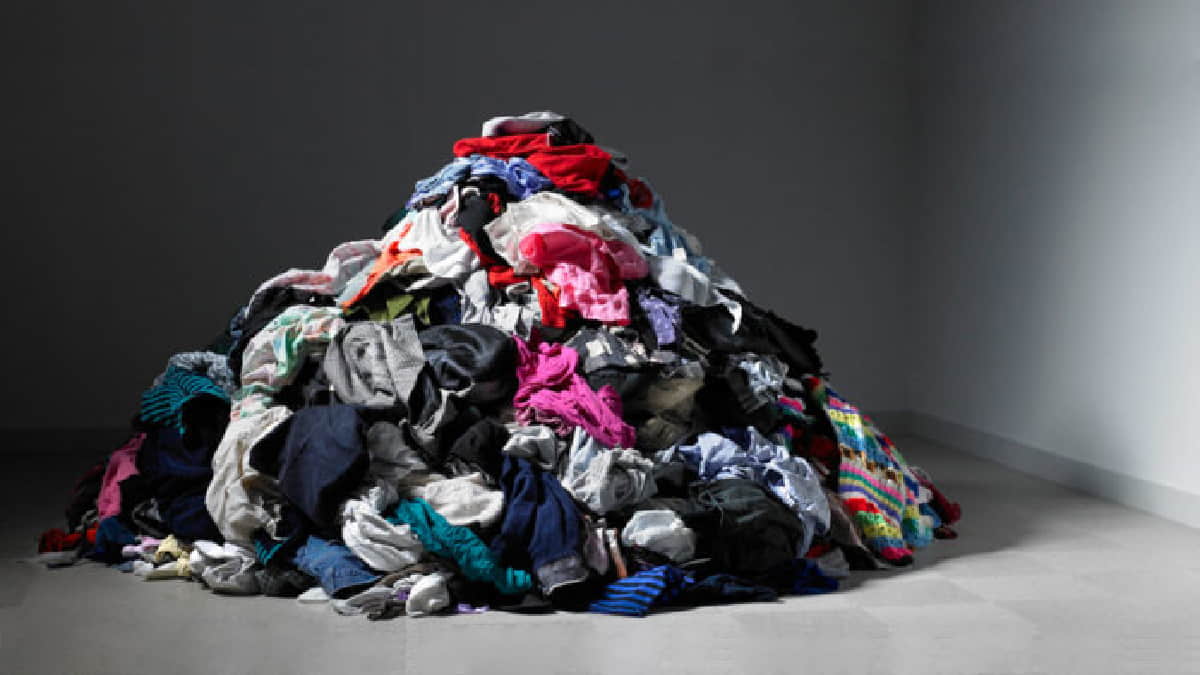Valentine’s Day, celebrated every year on February 14, has now gone beyond being a day when couples express their love for each other, together with its cultural and historical value. Celebrations that started with common gifts such as flowers and chocolates have now expanded to include products across the entire retail network. Valentine’s Day has become a day celebrated all over the world with globalization and has a serious impact on the economy and consumption.
People are expected to spend $23.9 billion on Valentine’s Day, which is recorded as the 5th largest consumer spending case, considering only the US market. There is an upward momentum compared to $21.8 billion in 2021. It is said that the effect of Valentine’s Day on the economy in 2021 was around 10 billion TL in Turkey. Personalized products and gifts that offer new experiences, as well as classic gifts such as candy/chocolate, greeting cards, flowers and dinner, have come to the fore in recent years’ shopping preferences. Textile, clothing, fashion and accessory products still maintain their place among the most preferred gifts on special occasions. Valentine’s Day, which created its own economy, has a serious environmental impact in this context, especially with the spread of e-commerce.
The fashion industry is estimated to be responsible for 10% of global carbon emissions, totalling more than international flights and shipping combined. In today’s world, where the importance and urgency of the fight against the climate crisis is emphasized in every field, individuals are turning to question and change their consumption habits again. Different criteria come to the fore that should be taken into account accordingly in the selection of clothes.

Price should not be the only criterion for a Valentine’s Day gift
It is of great importance that individuals both demand the sustainable transformation of the sector and determine their preferences accordingly while fast fashion consumes the world at the same rate. People often tend to buy new clothes, regardless of whether they need it or not especially with the effect of big discounts on special days. While Valentine’s Day is one of the campaign periods with the highest increase following the holidays, it is stated that daily spending averages can double up in this period. We have compiled for you what should be considered in order to make sustainable and need-oriented choices in gift selection, in addition to the affordable price tag.
Do they really need this clothes?
The traditional economic theorem was that demand creates supply, but now, with strong advertisements, products’ own demands are created and they are brought to market. While this is quite clear in Valentine’s Day products, whether there is a demand or a need is now becoming more relative. At this point, some questions you will ask yourself while buying clothes for your loved ones will lead you to make more conscious choices in terms of sustainability, and first of all, asking the question; “Do they really need this clothes?” would be a good start. If you think that this clothes is not really necessary for the person you are going to gift, it would be a better choice to consider different options as a gift considering that 92 million tons of textile waste go to landfills every year all over the world.
Is a ‘gift’ to your loved ones a ‘burden’ to nature?
You can make a more conscious choice by learning the environmental impact of the product you have chosen has, if you have decided to buy new clothes in line with the previous question. For this, you can learn about the environmental impact of the product you buy, from the materials in it to the production process by choosing clothing brands that share transparent information about their production processes and have relevant certificates. In addition, considering that many clothes end up in landfills after being worn a few times, it is necessary to pay attention to the quality of the product when buying new clothes in order to have a longer service life.

New resource-free gifts for Valentine’s Day
A product made from scratch using new resources will have more environmental impact, while 2,700 litres of water are used to produce just one t-shirt, corresponding to the drinking water need of a person for 2.5 years. For this reason, you can choose a more environmentally friendly gift for your loved ones’ needs through different methods such as buying a second-hand product or bartering instead of a brand new one. Moreover, you can make your unused clothes maybe someone else’s Valentine’s Day gift on platforms where second-hand clothes are sold or traded.
Consumers are increasingly turning to personalized gifts, especially shirts, socks and similar products with their name or initials on them attract a lot of attention on Valentine’s Day. Accessories and clothes that you will make yourself from your old clothes will also be special gifts that will both have a lower environmental impact and make your loved ones happy instead of buying a brand new product on this special day. You can decorate a plain t-shirt, blouse or trousers that you have or bought second-hand with pieces from an old outfit, colour them with tie-dye paint or different dyeing techniques, or create unique designs that are limited only by your imagination by combining pieces from various clothes. You can benefit from inspiring sites with different ideas for this.
A trend towards different types of gifts on special occasions can be foreseen for the coming period along with the increasingly popular metaverse. Digital clothes or accessories can be added to the gift product portfolio in this sense. You can find more detailed information about Metaverse and digital fashion in this article.
